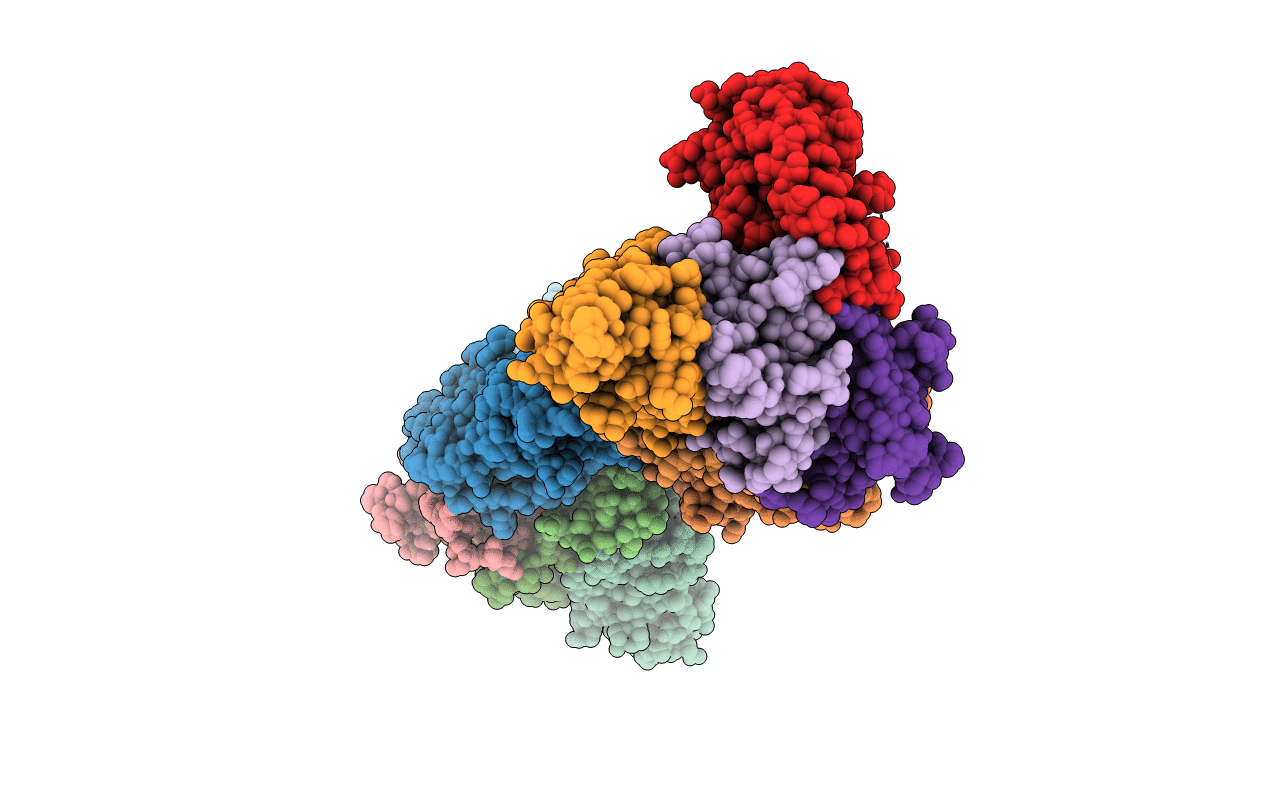
Deposition Date
1995-11-21
Release Date
1997-06-05
Last Version Date
2024-11-06
Method Details:
Experimental Method:
Resolution:
2.70 Å
R-Value Work:
0.23
R-Value Observed:
0.23
Space Group:
P 21 21 21


